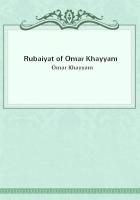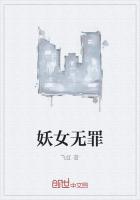Quicksilver is very costly, and they never waste it.On opening the retort, there was our week's work--a lump of pure white, frosty looking silver, twice as large as a man's head.Perhaps a fifth of the mass was gold, but the color of it did not show--would not have shown if two thirds of it had been gold.We melted it up and made a solid brick of it by pouring it into an iron brick-mould.
By such a tedious and laborious process were silver bricks obtained.
This mill was but one of many others in operation at the time.The first one in Nevada was built at Egan Canyon and was a small insignificant affair and compared most unfavorably with some of the immense establishments afterwards located at Virginia City and elsewhere.
From our bricks a little corner was chipped off for the "fire-assay"--a method used to determine the proportions of gold, silver and base metals in the mass.This is an interesting process.The chip is hammered out as thin as paper and weighed on scales so fine and sensitive that if you weigh a two-inch scrap of paper on them and then write your name on the paper with a course, soft pencil and weigh it again, the scales will take marked notice of the addition.
Then a little lead (also weighed) is rolled up with the flake of silver and the two are melted at a great heat in a small vessel called a cupel, made by compressing bone ashes into a cup-shape in a steel mold.The base metals oxydize and are absorbed with the lead into the pores of the cupel.A button or globule of perfectly pure gold and silver is left behind, and by weighing it and noting the loss, the assayer knows the proportion of base metal the brick contains.He has to separate the gold from the silver now.The button is hammered out flat and thin, put in the furnace and kept some time at a red heat; after cooling it off it is rolled up like a quill and heated in a glass vessel containing nitric acid; the acid dissolves the silver and leaves the gold pure and ready to be weighed on its own merits.Then salt water is poured into the vessel containing the dissolved silver and the silver returns to palpable form again and sinks to the bottom.Nothing now remains but to weigh it; then the proportions of the several metals contained in the brick are known, and the assayer stamps the value of the brick upon its surface.
The sagacious reader will know now, without being told, that the speculative miner, in getting a "fire-assay" made of a piece of rock from his mine (to help him sell the same), was not in the habit of picking out the least valuable fragment of rock on his dump-pile, but quite the contrary.I have seen men hunt over a pile of nearly worthless quartz for an hour, and at last find a little piece as large as a filbert, which was rich in gold and silver--and this was reserved for a fire-assay! Of course the fire-assay would demonstrate that a ton of such rock would yield hundreds of dollars--and on such assays many an utterly worthless mine was sold.
Assaying was a good business, and so some men engaged in it, occasionally, who were not strictly scientific and capable.One assayer got such rich results out of all specimens brought to him that in time he acquired almost a monopoly of the business.But like all men who achieve success, he became an object of envy and suspicion.The other assayers entered into a conspiracy against him, and let some prominent citizens into the secret in order to show that they meant fairly.Then they broke a little fragment off a carpenter's grindstone and got a stranger to take it to the popular scientist and get it assayed.In the course of an hour the result came--whereby it appeared that a ton of that rock would yield $1,184.40 in silver and $366.36 in gold!
Due publication of the whole matter was made in the paper, and the popular assayer left town "between two days."I will remark, in passing, that I only remained in the milling business one week.I told my employer I could not stay longer without an advance in my wages; that I liked quartz milling, indeed was infatuated with it;that I had never before grown so tenderly attached to an occupation in so short a time; that nothing, it seemed to me, gave such scope to intellectual activity as feeding a battery and screening tailings, and nothing so stimulated the moral attributes as retorting bullion and washing blankets--still, I felt constrained to ask an increase of salary.
He said he was paying me ten dollars a week, and thought it a good round sum.How much did I want?
I said about four hundred thousand dollars a month, and board, was about all I could reasonably ask, considering the hard times.
I was ordered off the premises! And yet, when I look back to those days and call to mind the exceeding hardness of the labor I performed in that mill, I only regret that I did not ask him seven hundred thousand.
Shortly after this I began to grow crazy, along with the rest of the population, about the mysterious and wonderful "cement mine," and to make preparations to take advantage of any opportunity that might offer to go and help hunt for it.













